News
Project Services: Bridging Phases, People, and Processes
Project Services: Bridging Phases, People, and Processes https://www.americanbridge.net/wp-content/themes/corpus/images/empty/thumbnail.jpg 150 150 American Bridge American Bridge https://www.americanbridge.net/wp-content/themes/corpus/images/empty/thumbnail.jpgSuccessful projects need support from kickoff through final completion. Is your company ready?
Change is inevitable. Continually evaluating company needs is crucial in any industry, but especially so in construction. Demands of internal and external customers can change rapidly and firms have to be able to pivot to respond to requests while maintaining safety, quality, and contractual commitments. For successful heavy civil projects, it is imperative to effectively plan, forecast, measure, monitor, improve, and communicate throughout a project’s lifecycle.
In the fall of 2018, American Bridge Company (AB) recognized an opportunity to address challenges that internal and external customers were facing by providing additional support in areas that needed it. Jason Hoover, AB’s Vice President of Project Services, was asked to develop a well-rounded team of internal and external professionals to better support projects in the areas of cost control, document management, scheduling, quality control, commercial management, and equipment and asset management. This team is called the Project Services Group.
Choosing the name “Project Services” was deliberate. The group has involvement on every project, but if a project encounters issues during delivery, either with a changed condition or schedule delay, the group’s “services” can become more involved to help out. “Our intended outcome for the Company is to provide support services to each project to help the on-site team manage the project safely, efficiently, and profitably” explains Jason.
American Bridge Project Services Team

Jason Hoover, VP of Project Services

Sara Horsey, Construction Scheduler

Harvey Williams, Commercial Manager

Jason McDonald, Equipment and Asset Manager
For many companies, the duties associated with a Project Services Group fall solely to the Project Manager. However, tasking one person with all these aspects at once can lead to unrealistic expectations and staff burnout. It can also lead to missed opportunities and a silo effect across a company. Implementing a core group to support project teams leads to better informed decisions and allows the on-site teams to focus on the project scope. In addition, having a central Project Services Group helps emphasize common, standardized practices across a company to achieve better consistency and efficiency. This allows employees to better navigate common challenges throughout the industry on many projects.
A complete Project Services Group supports the following project functions:
Cost Control. Cost is one of the key performance indicators (KPIs) of a project. It starts with estimating and planning project costs, forecasting and continually re-evaluating potential risks, and develops into the oversight and management of project expenses within the approved budget.
Construction Scheduling. Scheduling is another important KPI and ties in with cost control. Scheduling includes a list of activities and tasks for each work plan from the start to finish. With so many moving parts and coordination with suppliers, subcontractors, and owners, it plays a crucial role in a project’s lifecycle and success.
Document Management. The process used to capture, store, and track documents that need to be created or shared amongst various organizations. The goal is to have the documents centrally located so that they can be retrieved efficiently. This helps to secure documents, control access, and provide version control.
Quality Control. Implementation of the quality practices involved with the construction of a project, and making sure the work meets and fulfills the quality requirements. This can include reviewing the quality of records, supplied material, work put in place, training, internal auditing, and control of nonconformances.
Equipment and Asset Management. Managing, maintaining, and analyzing a company’s owned equipment and assets to address the needs of each project is a key function of any construction company to determine effective project capabilities. Evaluating options such as leasing versus buying assets based on the specific needs of a project is a key strategic function offered by the Group.
Commercial Management. Commercial management involves standardizing the process to notify, coordinate, and negotiate with owners on change management and recovery to promptly resolve issues.
These phases show how continuous improvement throughout a company matures when the right people, processes, and procedures are implemented to maximize efficiency.
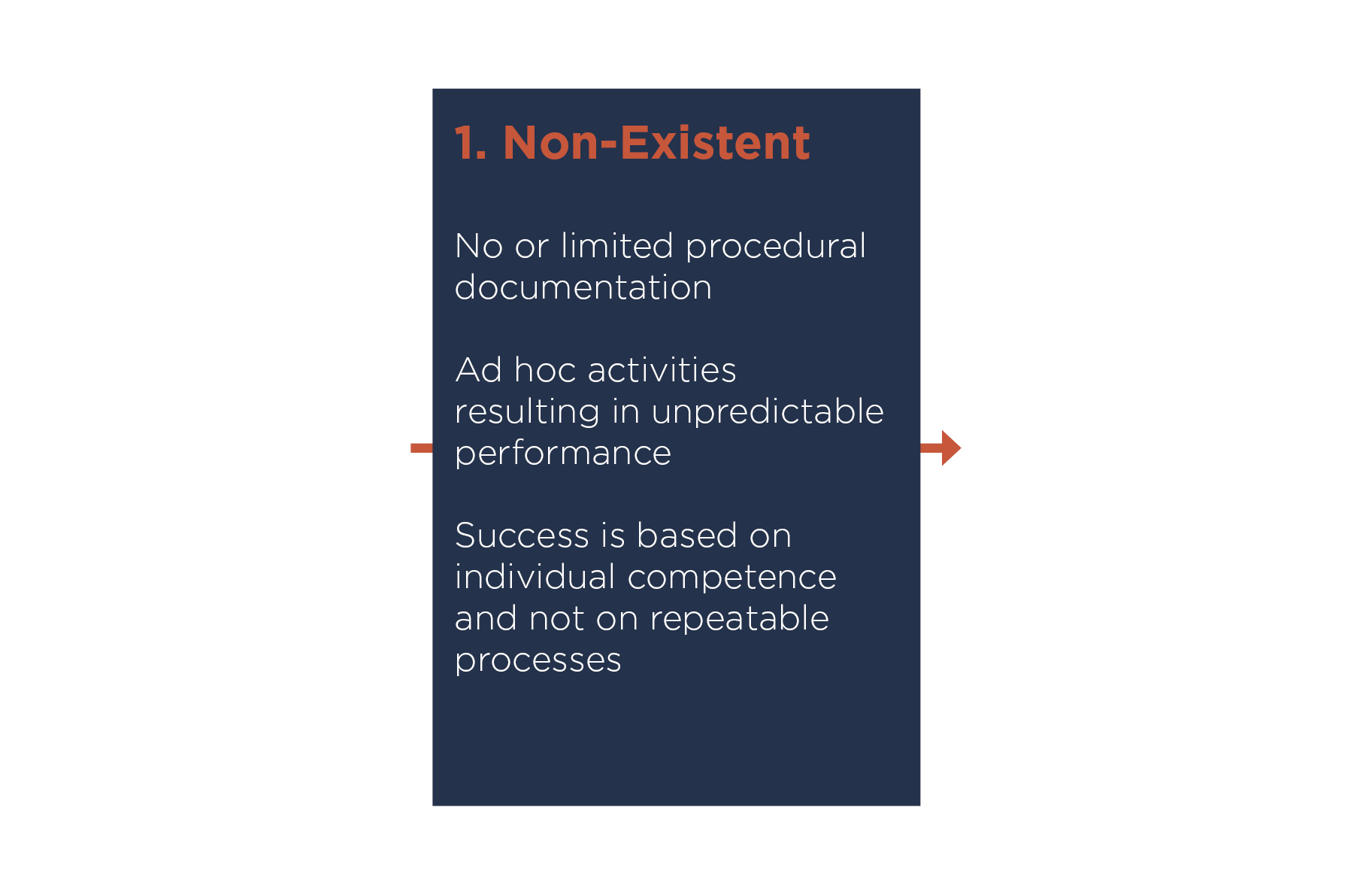
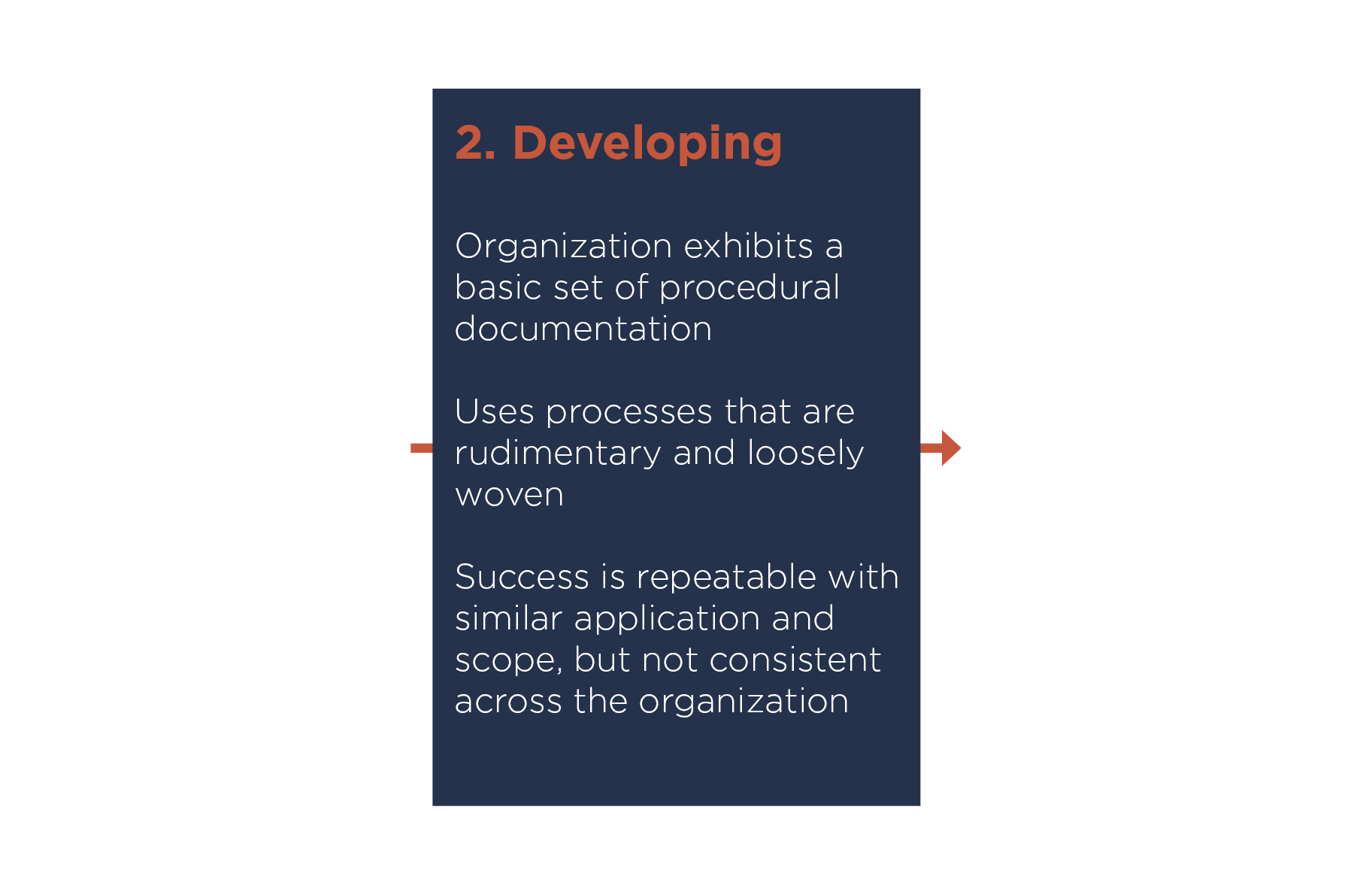
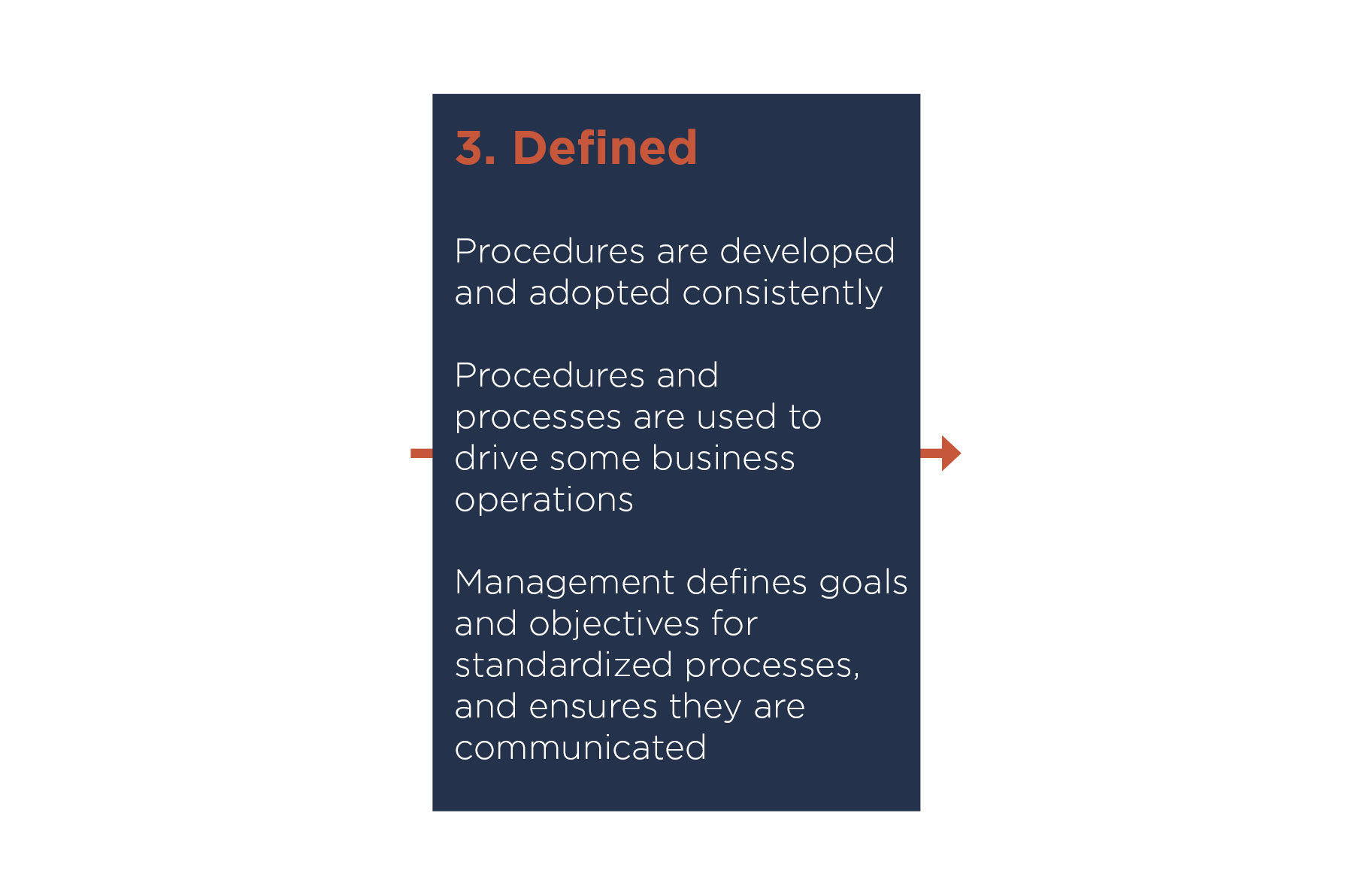
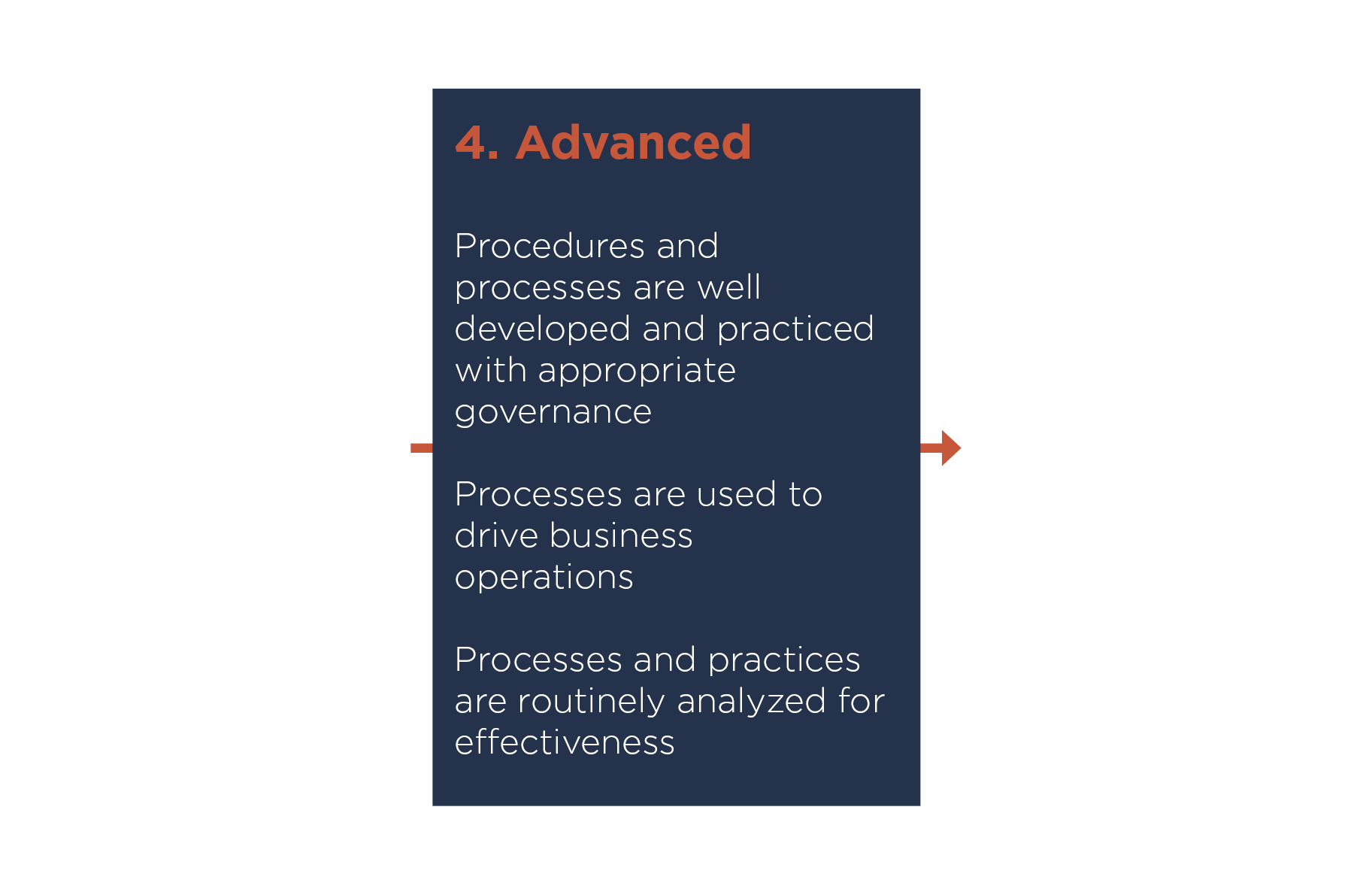
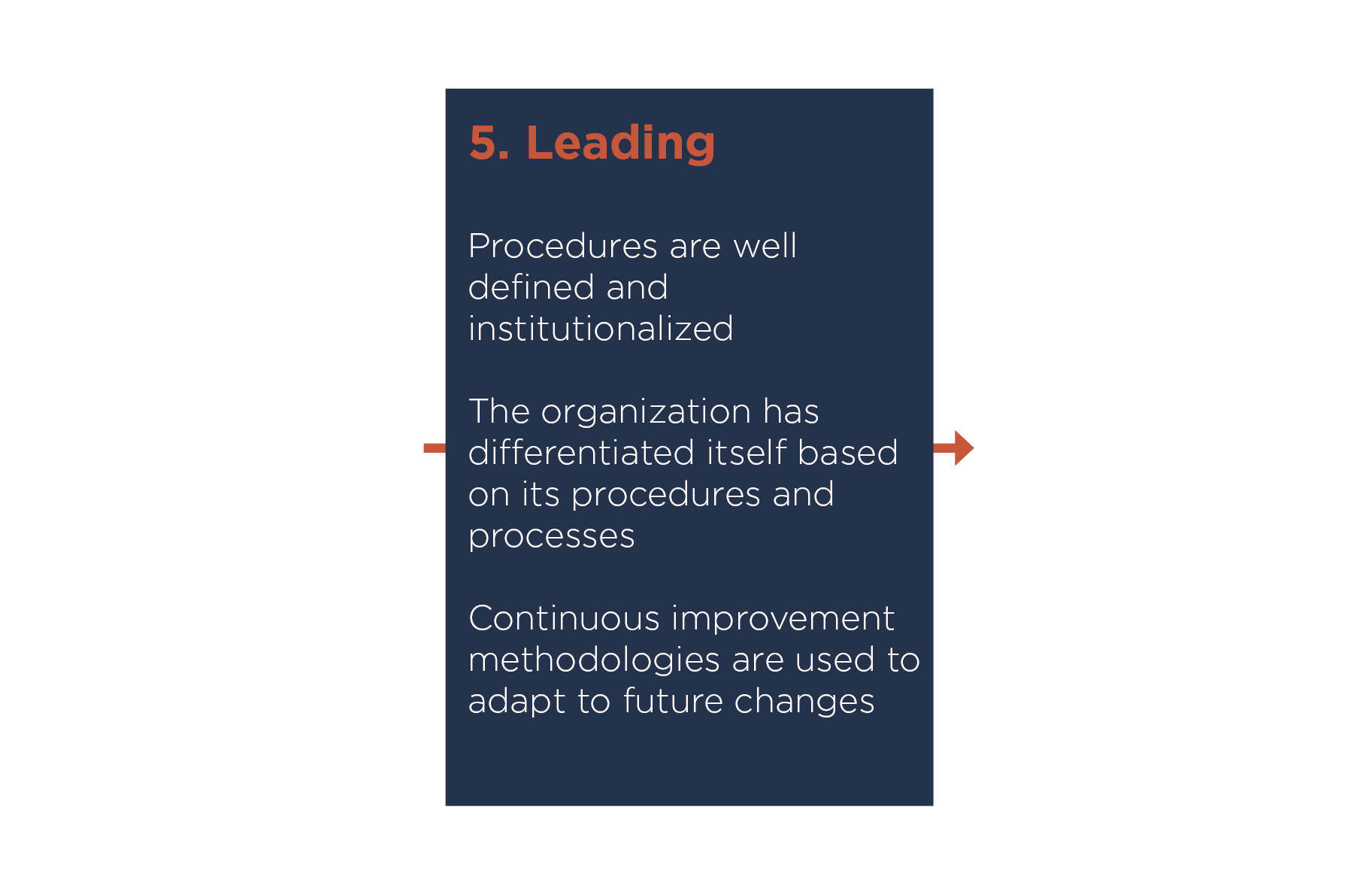
A Project Services Group should engage with projects as early as possible, ideally from the start of an estimate before a project is even won. Having a baseline understanding of the scope and risks of a project is important so that if issues are encountered during delivery, the services group is able to assist with quickly resolving it. Some aspects the group should become involved with include baseline and monthly schedule submittals, monthly profit reporting, and project-specific quality plans. A Project Services Group should support the estimating department to anticipate, prepare, and mitigate potential issues by identifying them prior to the bid and including them in a Risk Register. The Risk Register helps the team proactively monitor, plan for, and manage potential issues identified pre-bid during the execution of the project. This register is updated as the job progresses, and as new issues are identified.
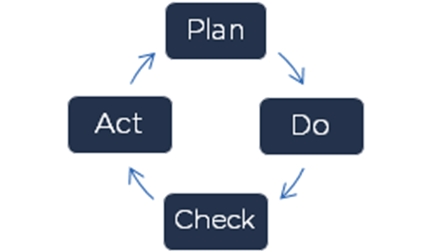
“Planning the work is essential to getting any project off on the ‘right foot.’ Often projects have challenges because the necessary resources are not available early enough to allow the project team to properly plan the work. Once a team is in reaction mode, it is very difficult to catch up and the success of the project almost always suffers.” – Jason Hoover
Schedule and budget are intrinsically linked because so many of the costs are time-dependent. Specifically, when creating initial baseline schedules, a project team should use budgeted timeframes to perform the work when establishing schedule durations and the Project Services Group can aid in the final development of the CPM schedule. Once the work begins, the Group can assist project managers with monthly reporting and budget adjustments that are in tandem with the monthly schedule updates.
“I try to help the project teams by making sure that impact events are properly included into the project’s CPM schedule during the monthly schedule updates, and then help compare these impacts to the baseline schedule to quantify any overall affect. Occasionally a time impact analysis (TIA) is required, and I’ll support those efforts as well,” says Sara Horsey. On the Edmonton Valley Light Rail Tawatina Bridge Project, Sara worked with the project team to re-evaluate the project schedule to fully incorporate the weather impacts experienced through the first two years. Using actual weather data and effects on field productivity, the project team and Sara created specific work calendars that better predicted working durations through the winter of 2019-2020. Being able to assess weather impacts, that are fully incorporated into the schedule, allows for more realistic planning and cost projections.
Projects should have a process in place to collect data through an electronic document management system. This allows project teams to have consistent document and quality control. Regardless of the project size, having a universal procedure and central project management system gives teams the ability to track and document information, providing a holistic view of any given topic. For example, quality-related issues are tracked via non-conformance reports and re-work costs. Project teams are then able to easily develop regular photo progress reports that provide “snapshots” of a project’s status. Having these procedures in place gives teams accurate management of information, data, and knowledge to promote day-to-day operations, assist with managerial control and monitoring, and planning.
For AB, a key function of the Project Services Group is to maintain the certification as a complex steel bridge erector. When Katherine Bucek coordinates with the project sites to prepare for the American Institute of Steel Construction (AISC) recertification, having a comprehensive document and quality control process and system in place significantly reduces time and uncertainty of finding the correct documents. Katherine and the project team work together to prepare for an on-site audit which includes an in-depth review of daily operations compared to documented procedures.
Internal equipment and asset resources can help to reduce project costs. There is an advantage in having these resources work with an estimating team to accurately identify and price equipment prior to the final bid. However, it’s sometimes second nature for a project team to go right to exploring third party rental equipment. Jason McDonald says, “it is always good to check with the storehouse first to see if internally-owned company equipment is able to be used before going to a third party.” Jason and AB’s Warehouse Superintendent, Mike McCoy, support this philosophy by identifying company-owned equipment in the storehouse, understanding what local vendors can support project needs, and determining if there are other economic solutions available. Bringing these services in-house helps the project control cost, quality, schedule, and efficiency.

On the Mario M. Cuomo Bridge Design-Build Project in New York, American Bridge Manufacturing (ABM) performed in-house cable cutting. Bringing services like this in house, helps the project control cost, quality, schedule, and efficiency.
With variables that can change at any moment, teams need to make sure that they are contractually compliant and protecting the company’s rights. Having a dedicated Commercial Manager gives the project team a resource that can become involved early enough in a project to understand contractual requirements. If an issue does arise, the Commercial Manager can help the Project Manager work collaboratively with the client with the goal of addressing and resolving the issue as promptly as possible. This can help avoid schedule delays and additional costs.
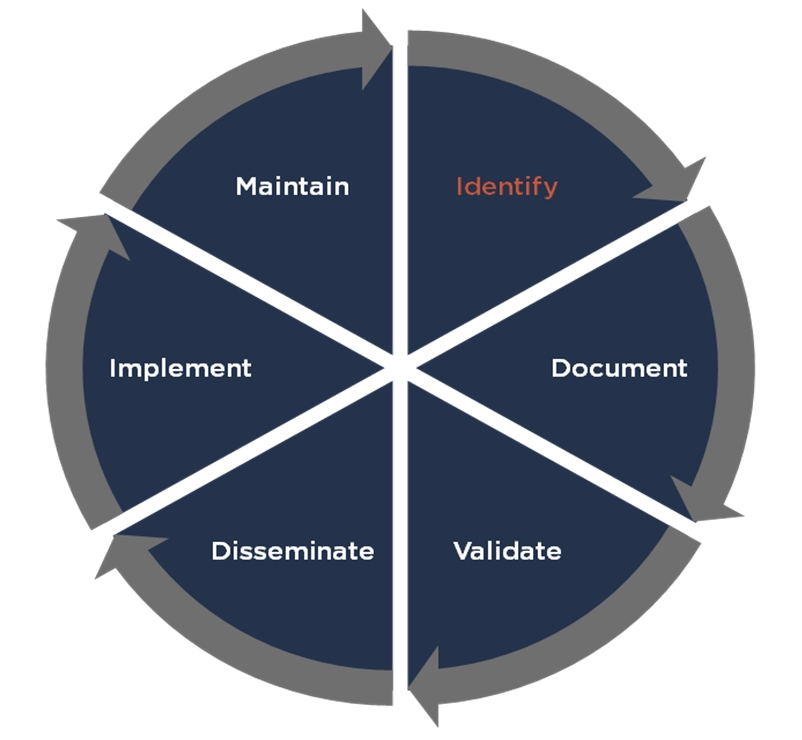
Each function supported by a Project Services Group is valuable to a project’s lifecycle and success. By identifying and documenting information, a company’s processes and procedures are continually refined. The information should be disseminated company-wide to implement enhancements and innovations at any level.
Jason Hoover’s advice for putting a dedicated Project Services Group together is to “look for people to join the group that have relevant field experience and sincerely want to help the projects, and not act purely as a ‘controls’ person.” Having field experience allows the individuals in these support roles relate to the challenges that on-site project teams encounter. At the end of the day, it’s all about teamwork and being able to complete a project successfully amid industry challenges and internal and external demands.
“A successful project for us, and AB as a whole, would be one that is delivered without injuries or quality related issues, on-time and on-budget for a client that would very much like to work with AB in the future.”
– Jason Hoover
Questions or feedback? Get in touch by visiting our Contact page.
- Posted In:
- News

